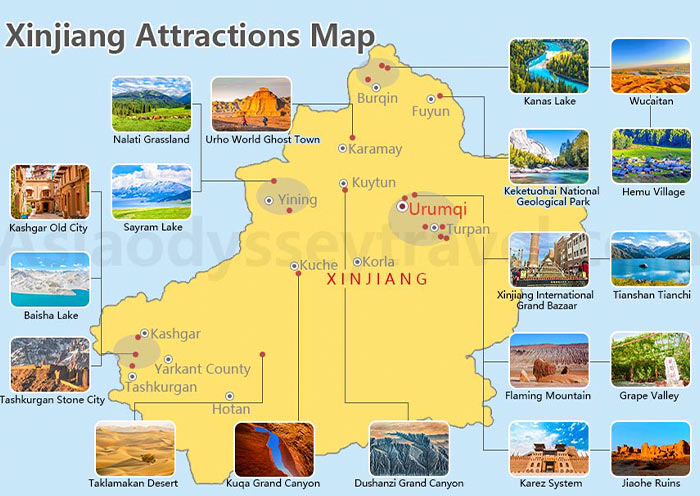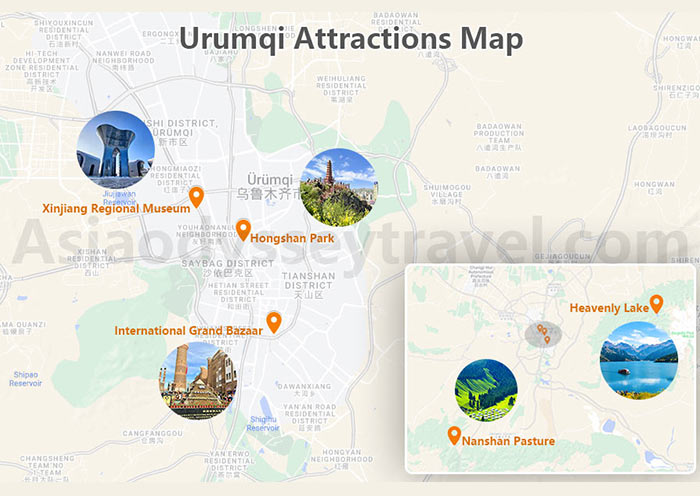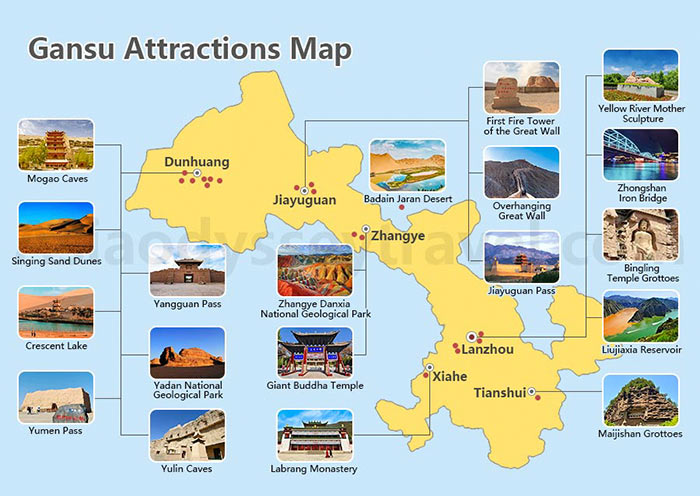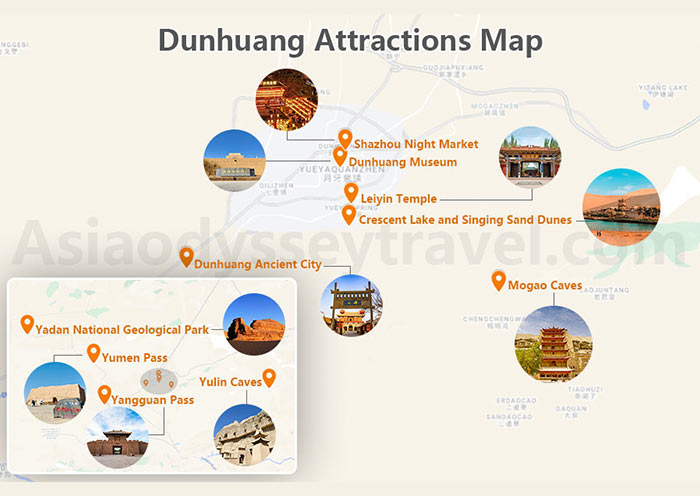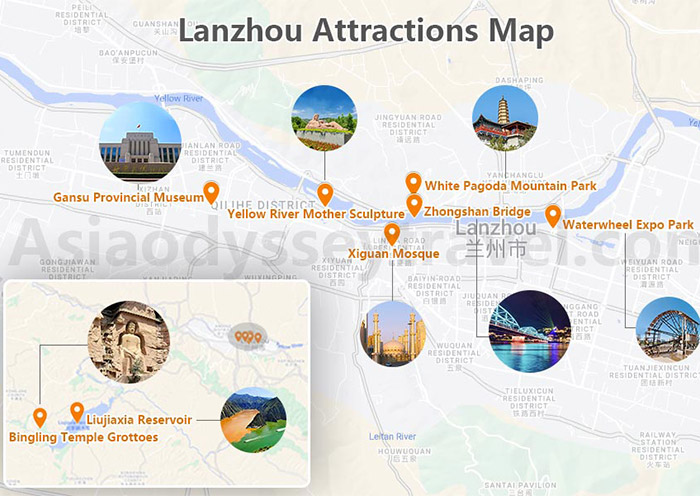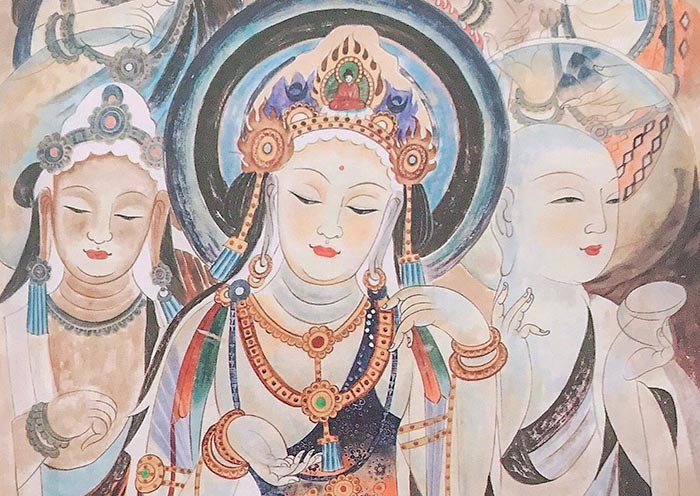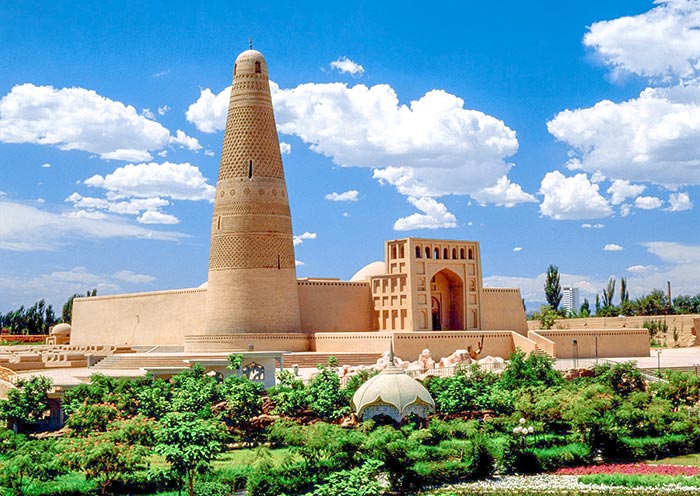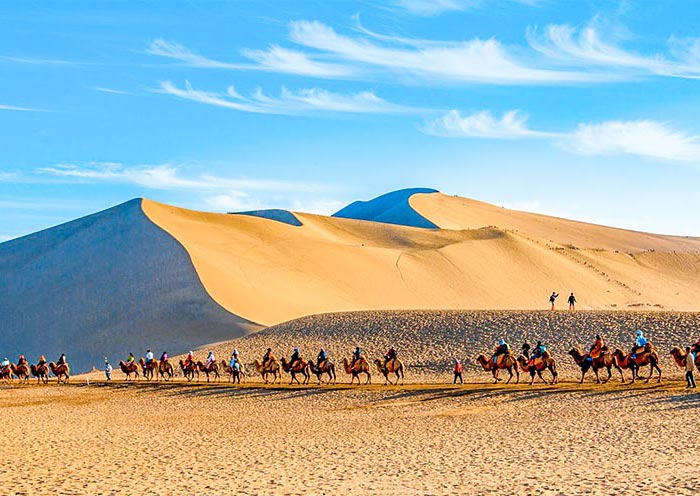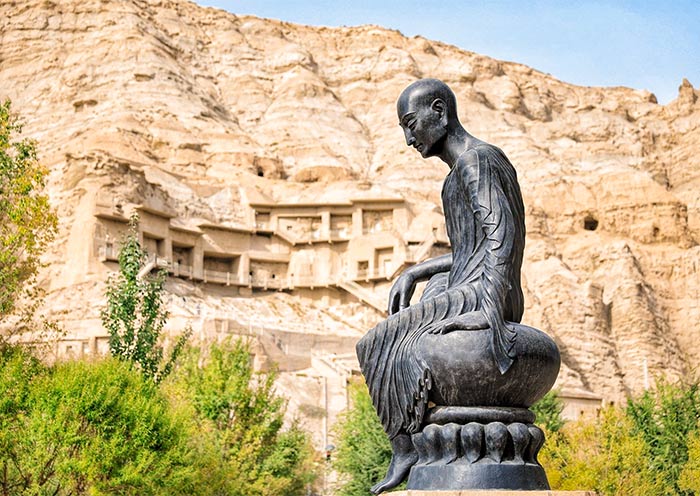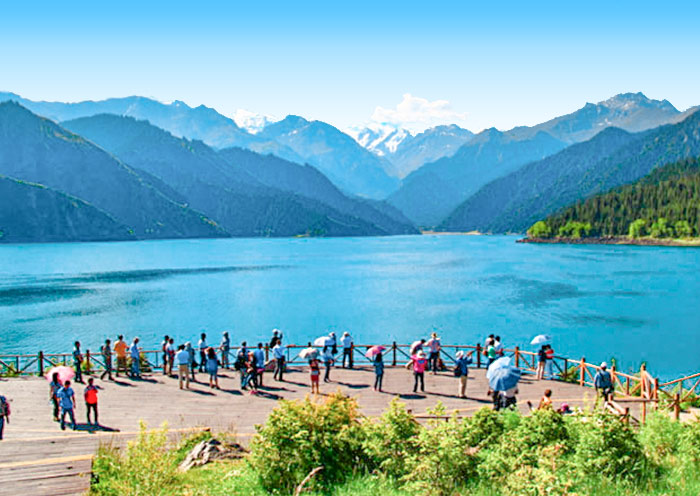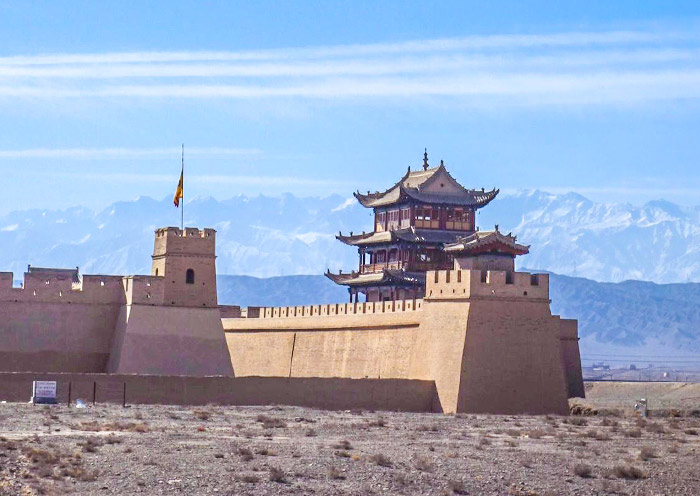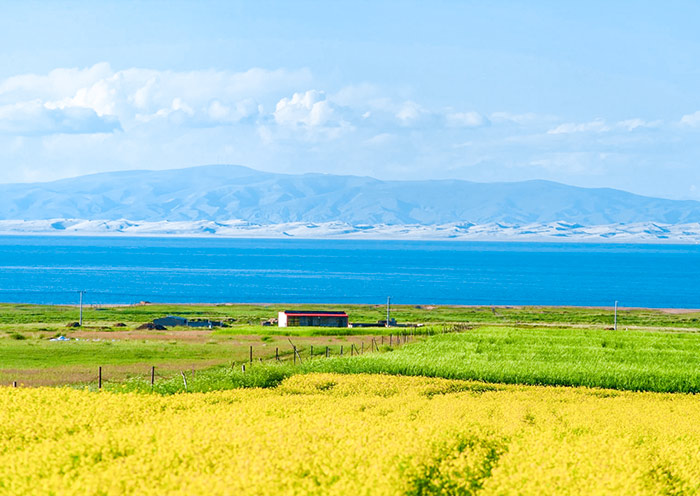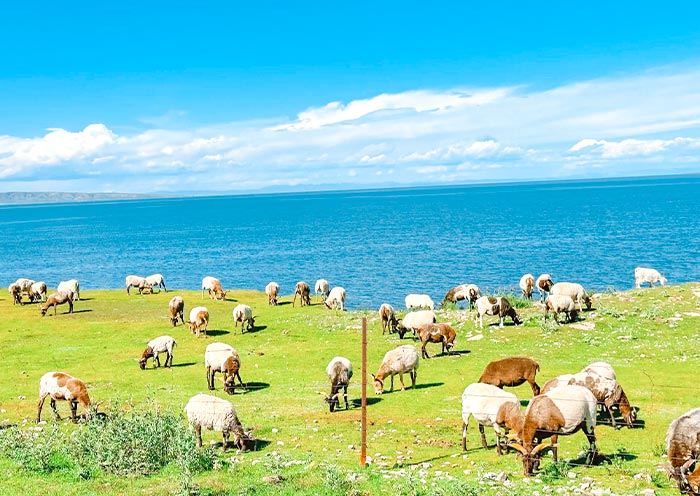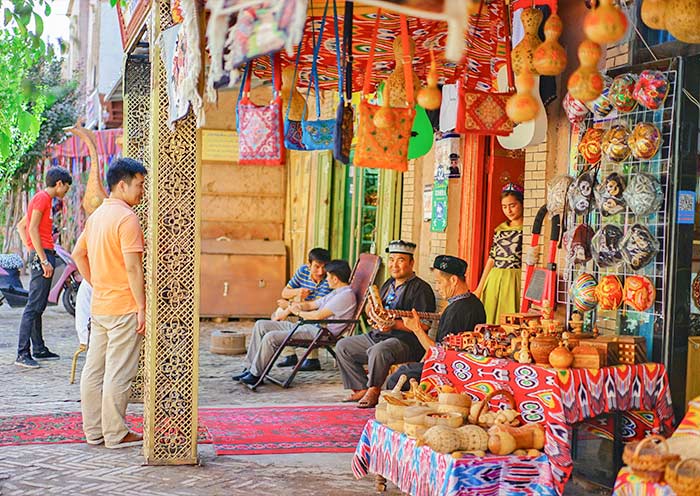Simple Silk Road Map: Silk Road Countries Map
The Silk Road was an ancient network of trade routes that connected the East and West, facilitating the exchange of goods, ideas, and cultures. Several countries played a significant role in the Silk Road's history:
- China: As the eastern terminus of the Silk Road, China was a major hub for silk, tea, and other goods that were traded along the route. Cities like Xi'an, Dunhuang, Turpan, Kashgar are key stops on the Silk Road within China.
- India: Known for its spices, textiles, and precious stones, India traded extensively along the Silk Road, influencing the exchange of goods and cultural practices.
- Persia (Iran): Persia was a crucial link on the Silk Road, offering goods such as carpets, textiles, and precious metals. Cities like Persepolis and Shiraz were important trade centers.
- Central Asian Countries: Countries like Uzbekistan, Kazakhstan, and Turkmenistan were pivotal as crossroads on the Silk Road, with cities like Samarkand and Bukhara flourishing as centers of trade and culture.
- Turkey: Serving as a bridge between Asia and Europe, Turkey played a vital role in Silk Road trade, with cities like Istanbul (Constantinople) being key trading posts.
- Syria: Syrian cities like Damascus were important stops on the Silk Road, known for their textiles, spices, and artisanal products.
- Greece and Rome: The ancient civilizations of Greece and Rome were major consumers of goods from the East, with trade along the Silk Road influencing their economies and cultures.
These countries were part of the vast network that facilitated the exchange of goods, technologies, religions, and ideas, contributing to the rich tapestry of history and cultural exchange along the Silk Road.
Where is China Silk Road? China Silk Road Location on Map

The Silk Road in China refers to a network of ancient trade routes that connected China with Central Asia, the Middle East, and Europe. This historic route played a crucial role in facilitating trade, cultural exchange, and the spread of ideas across regions. The main locations associated with the China Silk Road include Southern Shanxi Province, Whole Gansu Province, Northeastern Qinghai Province, and Southern Xinjiang.
Silk Road Cities Map: China Silk Road Map with Cities
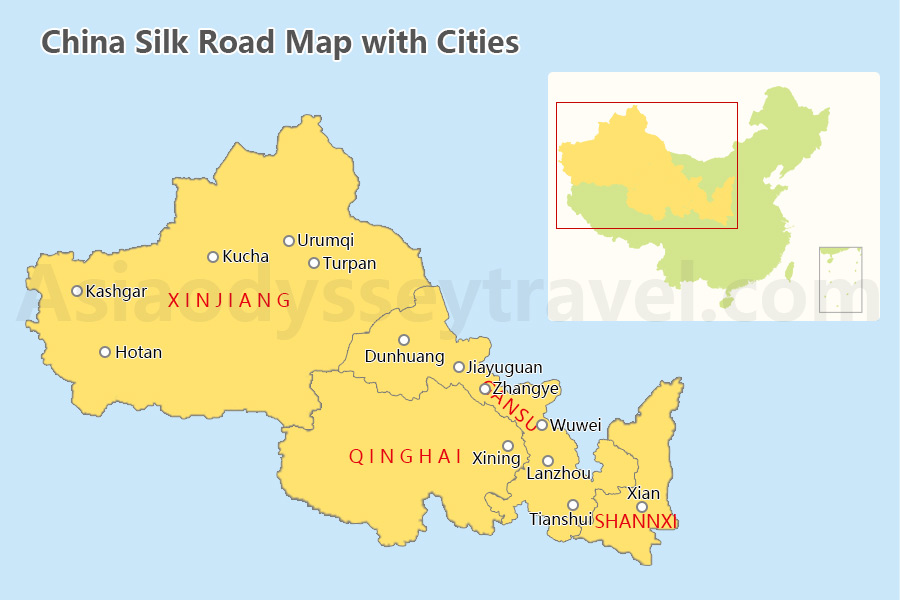
The Silk Road in China passed through numerous cities that were pivotal in facilitating trade, cultural exchange, and interactions between East and West. Some of the key cities along the China Silk Road route include:
- Xi'an (Chang'an): Xi'an, formerly known as Chang'an, was the starting point of the Silk Road in China. It served as the capital of multiple Chinese dynasties and was a major cultural and economic center.
- Tianshui: Known for its well-preserved ancient architecture, Tianshui boasts the Famen Temple, a renowned Buddhist pilgrimage site.
- Lanzhou: Lanzhou, the capital of Gansu Province, was an important city on the Silk Road due to its location along the Yellow River and its role as a transportation hub.
- Wuwei: A historic oasis city on the Silk Road, Wuwei is famous for its ancient Buddhist grottoes and stunning desert landscapes.
- Zhangye: Renowned for its colorful Danxia landforms, Zhangye is a must-visit destination for nature lovers.
- Jiayuguan: The westernmost point of the Great Wall of China, Jiayuguan offers breathtaking views and a glimpse into the country's history.
- Dunhuang: Dunhuang, located in Gansu Province, was a crucial oasis town along the Silk Road known for the Mogao Caves, which contain Buddhist art and manuscripts.
- Turpan: Turpan, situated in Xinjiang Uygur Autonomous Region, was known for its grapes, ancient ruins, and the Karez Water System, making it a significant stop on the Silk Road.
- Kucha: A former kingdom on the Silk Road, Kucha boasts well-preserved ancient Buddhist temples and a vibrant local culture.
- Hotan: Hotan, located in southern Xinjiang, was renowned for its jade production and served as a key trading post on the southern branch of the Silk Road.
- Kashgar: Kashgar, in Xinjiang, was a major oasis city and trading hub on the Silk Road known for its vibrant bazaars, unique culture, and historical sites.
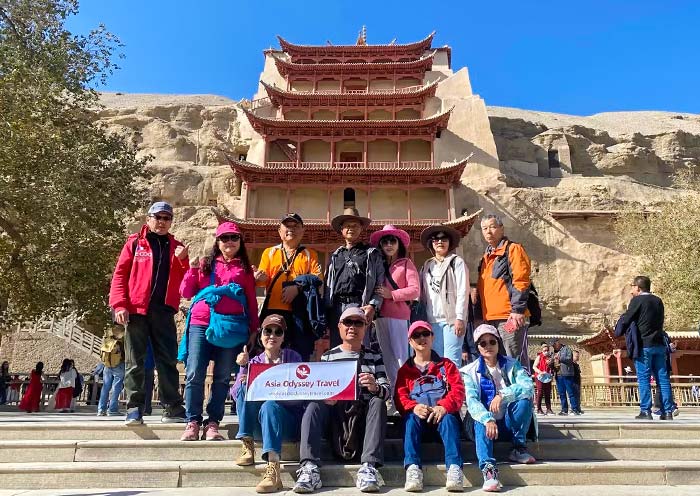
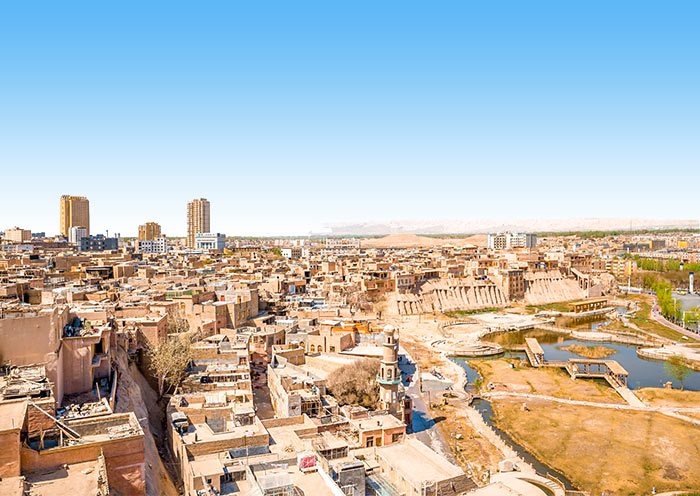
These cities in China played a vital role in the historical Silk Road network, fostering cultural exchange, economic development, and the transmission of ideas across vast distances.
UNESCO Silk Road Map: Popular Tourist Attractions on Silk Road Map
The China Silk Road is rich in history and boasts numerous tourist attractions that offer insights into ancient trade, culture, and civilization. Silk Roads: The Routes Network of Chang'an-Tian Shan Corridor is a UNESCO World Heritage Site which covers the Chang'an-Tianshan portion of the ancient Silk Road and historical sites along the route. The corridor spans China, Kazakhstan and Kyrgyzstan and includes 33 new sites and several previously designated heritage sites.
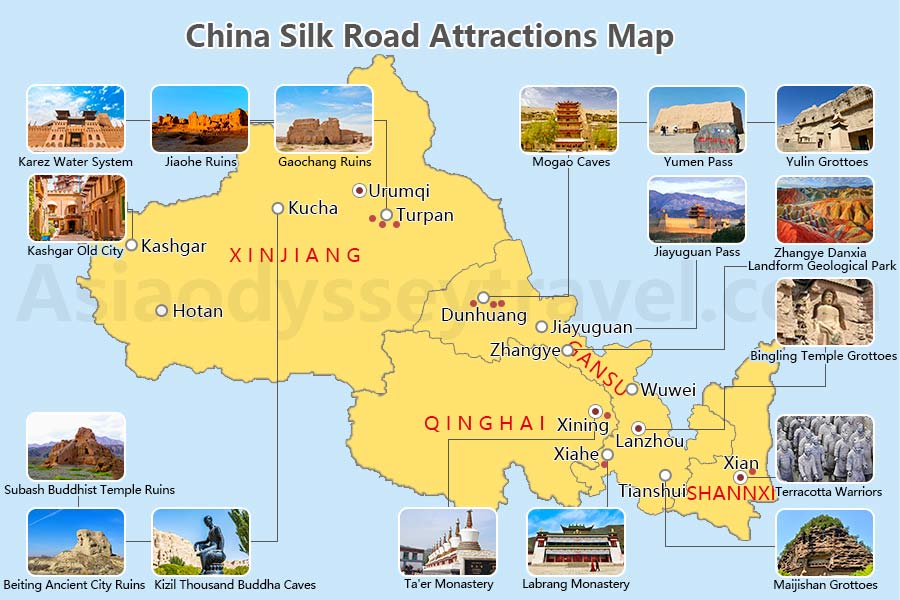
Here are some notable tourist attractions along the China Silk Road, we’ve highlight the UNESCO World Heritage Sites on Silk Road Map China:
- Mogao Caves (Dunhuang): The Mogao Caves near Dunhuang house a vast collection of Buddhist art spanning over a thousand years. These caves are adorned with murals and sculptures, offering a glimpse into ancient Buddhist culture.
- Jiayuguan Pass: Located near Jiayuguan, the Jiayuguan Pass is a strategic fortress on the Great Wall of China. Visitors can explore the pass and learn about its historical significance as a key defensive structure.
- Zhangye Danxia Landform Geological Park: Known for its colorful rock formations, the Zhangye Danxia Landform Geological Park in Zhangye showcases stunning natural landscapes that resemble painted mountains.
- Labrang Monastery (Xiahe): Labrang Monastery in Xiahe is one of the largest Tibetan Buddhist monasteries outside of Tibet. Visitors can witness monks in prayer, explore the monastery complex, and experience Tibetan culture.
- Jiaohe Ruins (Turpan): The Ancient City of Jiaohe near Turpan is a well-preserved ancient settlement built on a plateau. It offers a glimpse into the history of the region and its unique architecture.
- Karez Water System (Turpan): The Karez Irrigation System in Turpan is an ancient underground irrigation network that has sustained agriculture in the region for centuries. Visitors can learn about this ingenious system.
- Kashgar Old City: The Kashgar Old City in Kashgar is a historic center with winding streets, traditional architecture, and bustling markets. It provides a glimpse into the rich cultural heritage of the Uyghur people.
- Maijishan Grottoes (Tianshui): The Maijishan Grottoes in Tianshui feature Buddhist cave art and sculptures carved into a mountainside, showcasing intricate details and ancient religious artistry.
- Bingling Temple Grottoes (Lanzhou): The Bingling Temple Grottoes near Lanzhou are a series of caves adorned with Buddhist statues, murals, and carvings that date back to different dynasties.
- Yulin Grottoes (Anxi): The Yulin Grottoes in Anxi are a collection of Buddhist caves with well-preserved sculptures, murals, and inscriptions, offering a glimpse into ancient Buddhist art and culture.
- Ta'er Monastery (Xining): The Ta'er Monastery, also known as Kumbum Monastery, in Xining is a significant Tibetan Buddhist monastery with stunning architecture, colorful murals, and religious relics.
- Yumen Pass (Dunhuang): Yumen Pass near Dunhuang is an ancient fortified pass on the Great Wall of China that served as a crucial checkpoint on the Silk Road.
- Gaochang Ruins (Turpan): The Gaochang Ruins near Turpan are the remains of an ancient oasis city that flourished along the Silk Road, featuring well-preserved city walls, temples, and residential areas.
- Kizil Thousand Buddha Caves (Kucha): The Kizil Thousand Buddha Caves in Kucha are known for their colorful murals and Buddhist sculptures, providing insights into the region's history and religious art.
- Subash Buddhist Temple Ruins (Kucha): The Subash Buddhist Temple Ruins in Kucha are ancient temple remains with intricate carvings and architectural features, reflecting the Buddhist heritage of the area.
- Beiting Ancient City Ruins (Kucha): The Beiting Ancient City Ruins in Kucha are the remnants of an ancient city with archaeological sites that offer glimpses into the past urban life and culture of the region.

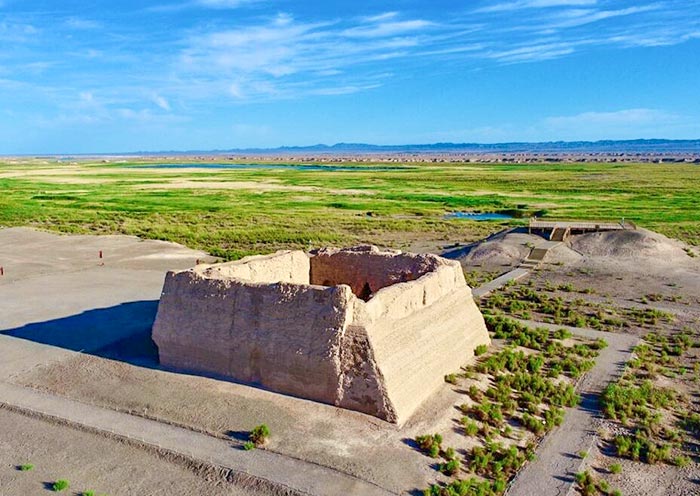
Silk Road Travel Map: Travel to China Silk Road with Map

Day 1: Arrival in Lanzhou - Arrive in Lanzhou, airport pickup, and hotel check-in. Explore the city at your leisure.
Day 2: Lanzhou to Zhangye - Take a high-speed train to Zhangye. Visit the Liujiaxia Reservoir for a thrilling boat ride, and explore the Bingling Temple Grottoes, a UNESCO World Heritage Site.
Day 3: Zhangye to Dunhuang - Travel to Dunhuang from Zhangye. Visit the Big Buddha Temple and the Zhangye National Geopark (Danxia Landform). Drive to Jiayuguan for overnight stay.
Day 4: Jiayuguan to Dunhuang - Explore Jiayuguan, including the Jiayuguan Pass (a UNESCO World Heritage Site), optional visit to the Great Wall Museum, and the Overhanging Great Wall. Drive to Dunhuang.
Day 5: Dunhuang - Explore the Mogao Grottoes (a UNESCO World Heritage Site), experience the Singing Sand Dunes and Crescent Moon Spring, and visit the Dunhuang Night Market (optional).
Day 6: Dunhuang to Turpan by High-Speed Train - Visit Yangguan Pass and then take a high-speed train to Turpan, with drop-off at Liuyuan Train Station.
Day 7: Turpan to Urumqi - Visit Jiaohe Ruins, Karez Water System, Subashi Ancient Temple, and return to Urumqi for rest.
Day 8: Urumqi - Tianchi Lake - Urumqi - Visit the Xinjiang Uygur Autonomous Region Museum and drive to Tianchi Lake in the Tianshan Mountains.
Day 9: Urumqi to Kashgar (by plane) - Explore Kashgar Old City, Id Kah Mosque, and a century-old teahouse. If it's the weekend, you may visit the livestock market.
Day 10: Kashgar - Karakul Lake - Kashgar - Travel along the China-Pakistan Highway to experience the Pamir Plateau's beauty, visit White Sand Lake and Karakul Lake with Muztagh Ata Peak. Overnight in Kashgar.
Day 11: Departure from Kashgar - Conclude your journey and depart from Kashgar.
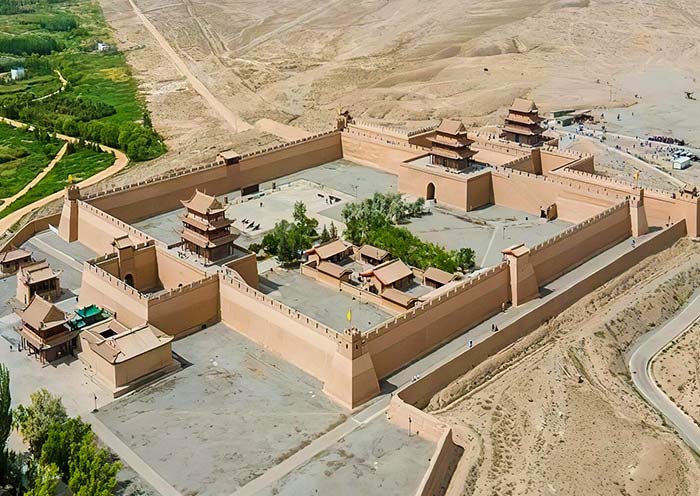

Travel with Asia Odyssey Travel (AOT) to Explore Silk Road
Travel the historic Silk Road with Asia Odyssey Travel (AOT) and delve into the rich tapestry of cultures and landscapes that shaped the path of trade and civilization. With our deep expertise and over a decade of experience crafting journeys throughout this legendary route, AOT offers tailored tour packages that cater to a wide range of interests and preferences.
Tour Packages: Silk Road Tours, Silk Road Group Tours, China Silk Road Tours, China Northwest Tours, Xinjiang Silk Road Tours
Silk Road Destinations: Xi’an, Lanzhou, Zhangye, Jiayuguan, Dunhuang, Turpan, Urumqi, Kashgar
Popular Attractions: Mogao Caves, Hexi Corridor, Kashgar Old City, Karez System, Tianshan Tianchi, Jiaohe Ruins, Kanas Lake, Qinghai Lake, Chaka Salt Lake, Badain Jaran Desert
Silk Road Travel: Silk Road Travel Guide, Silk Road Cities, Silk Road Trip Planning Guide, Silk Road Itinerary, Silk Road Attractions, Silk Road Map, Silk Road Facts
